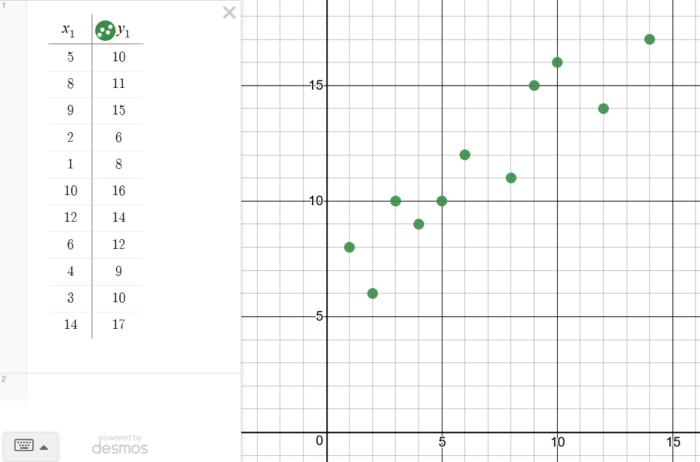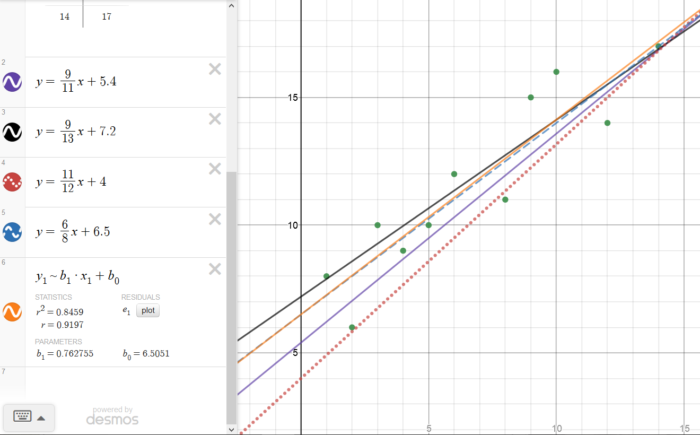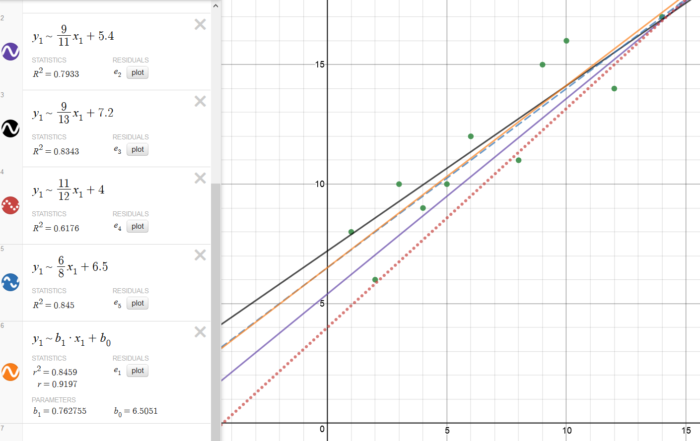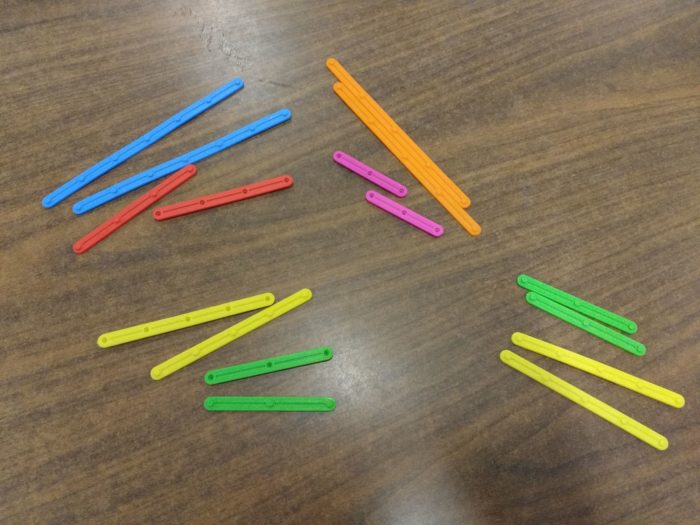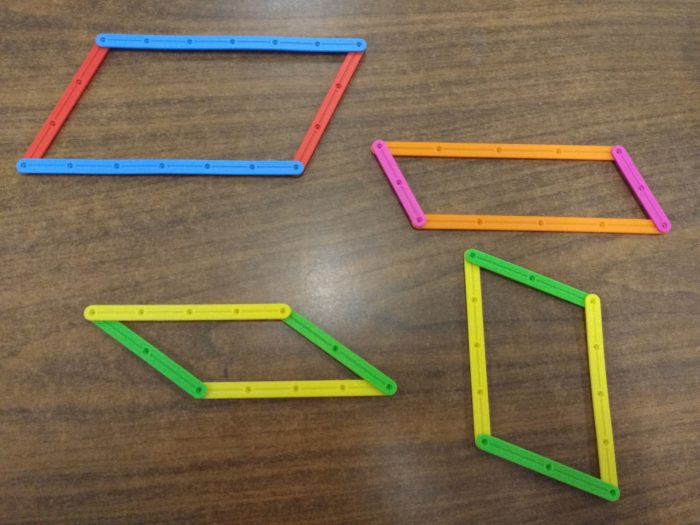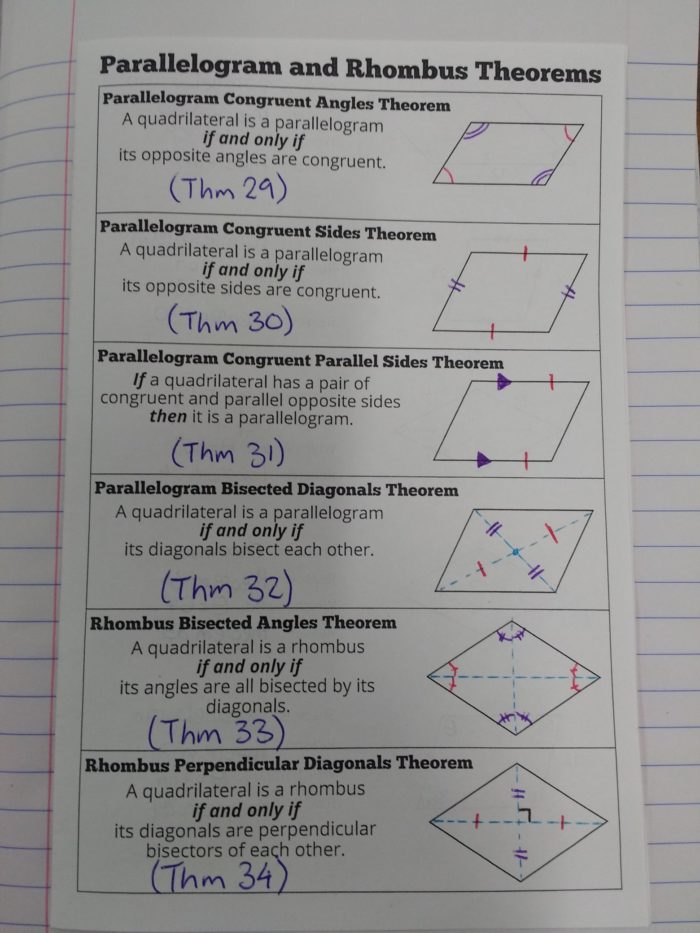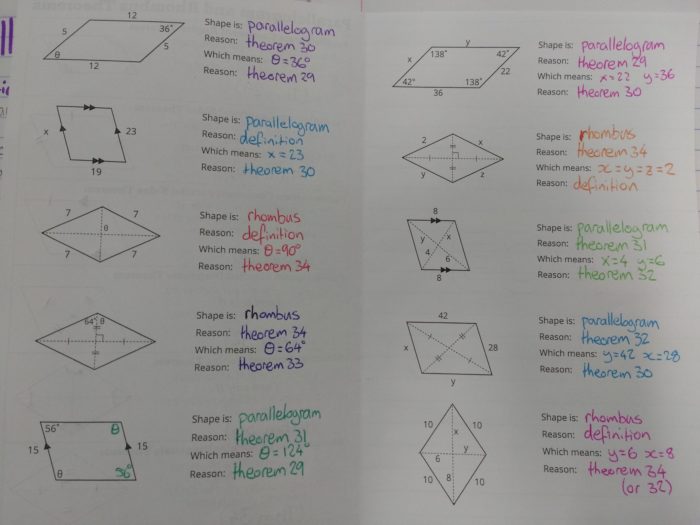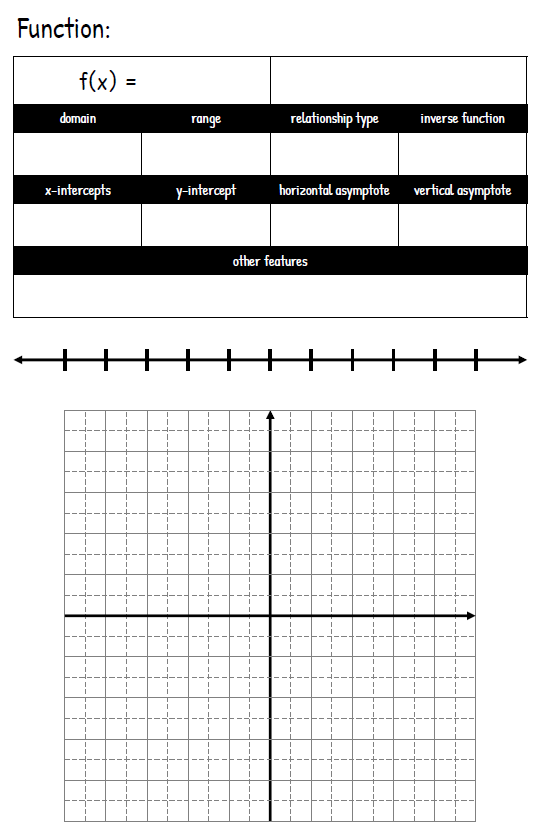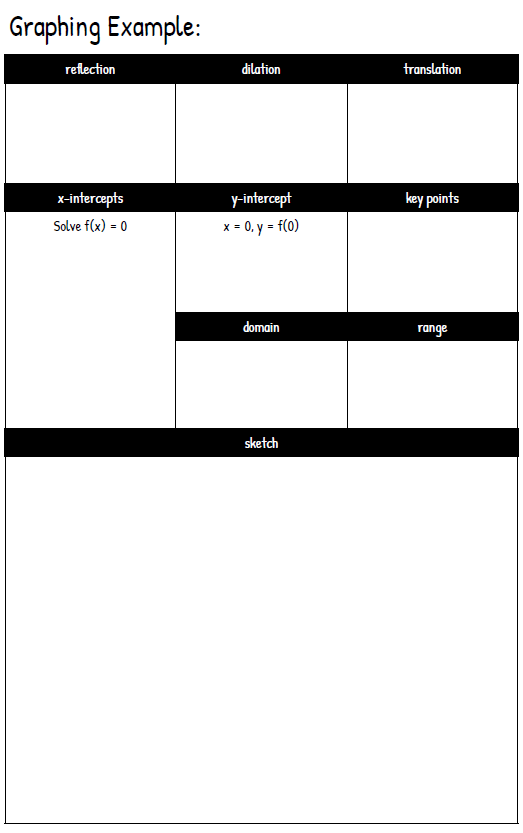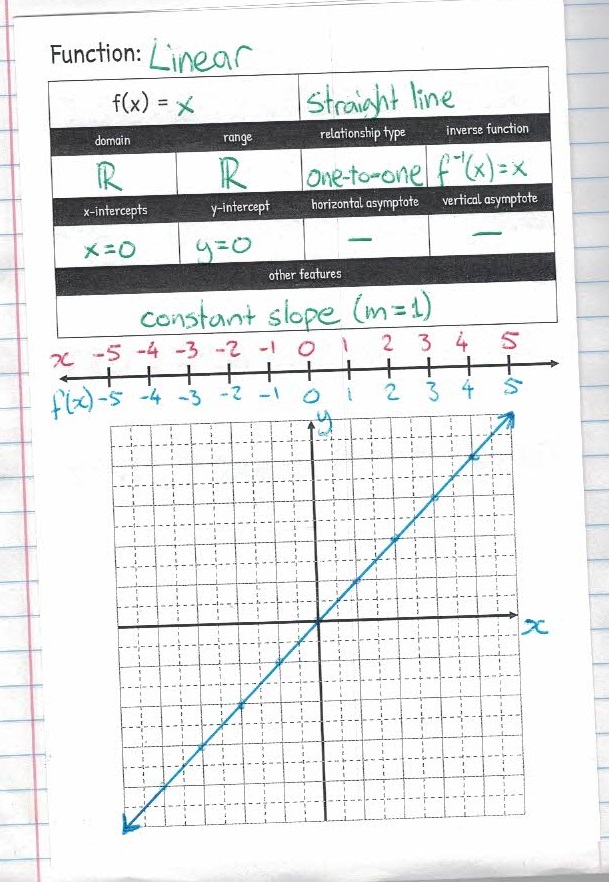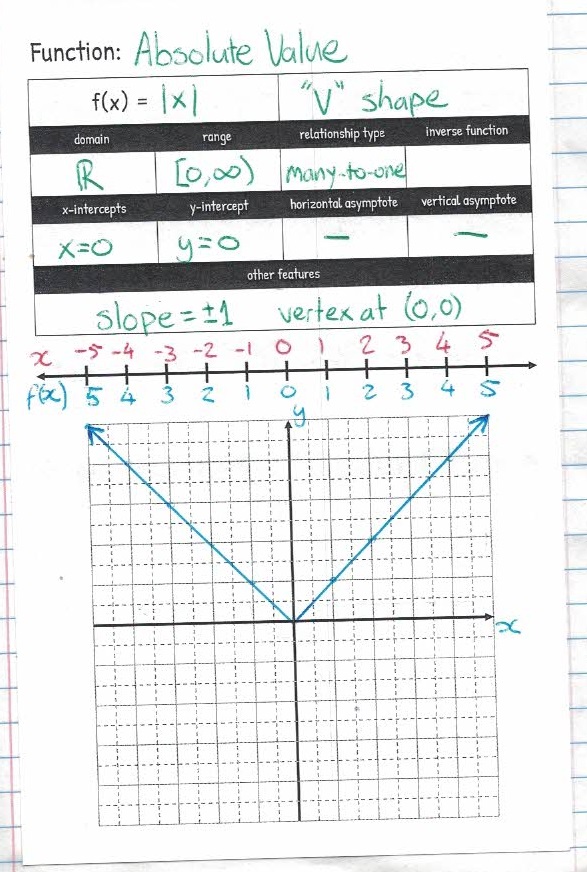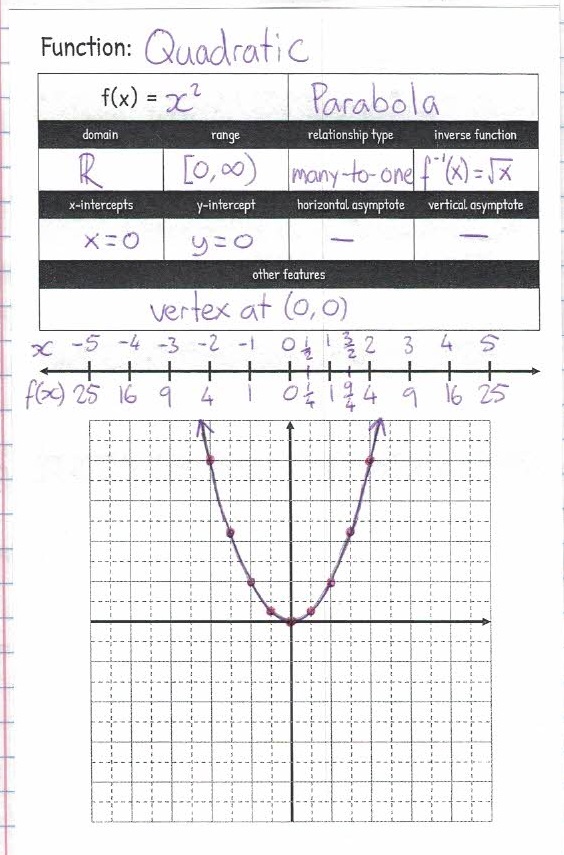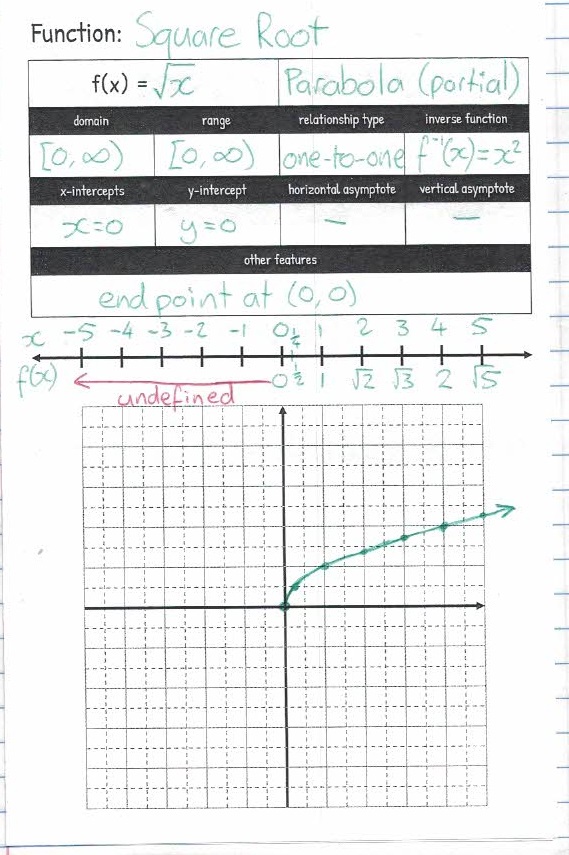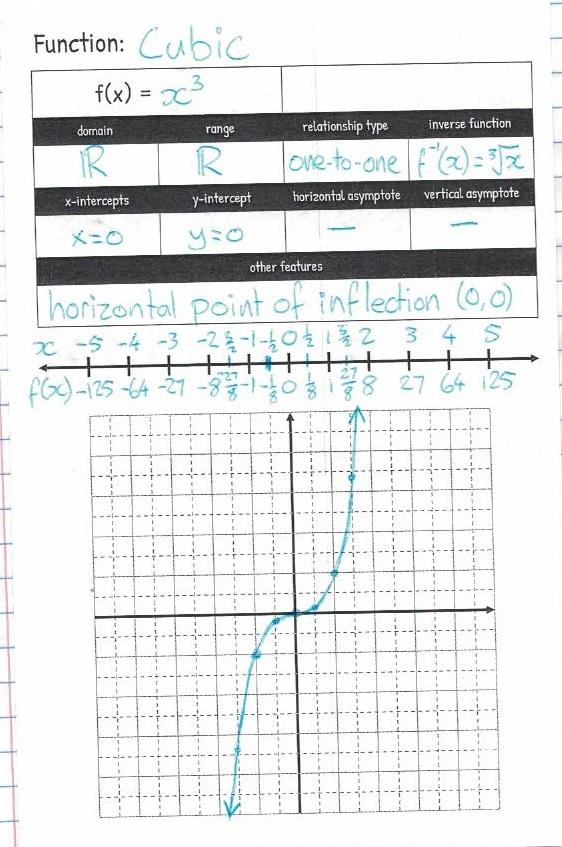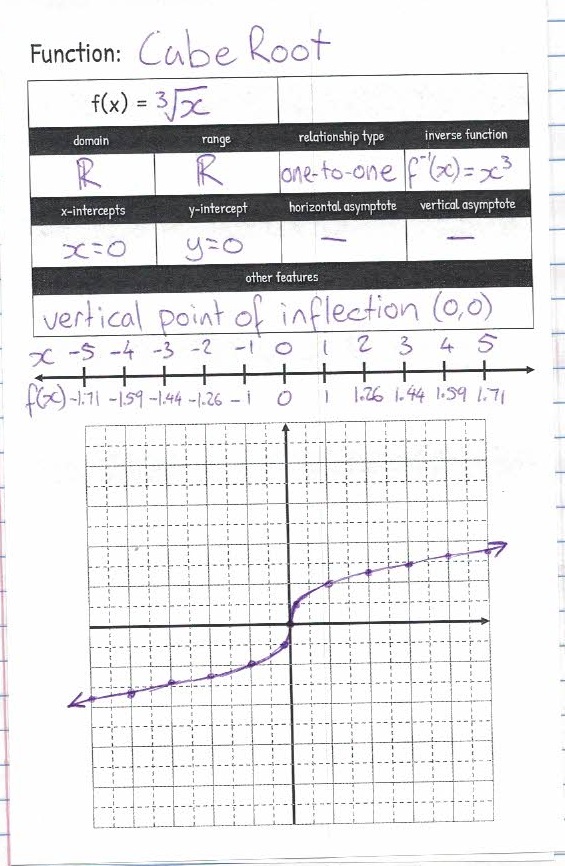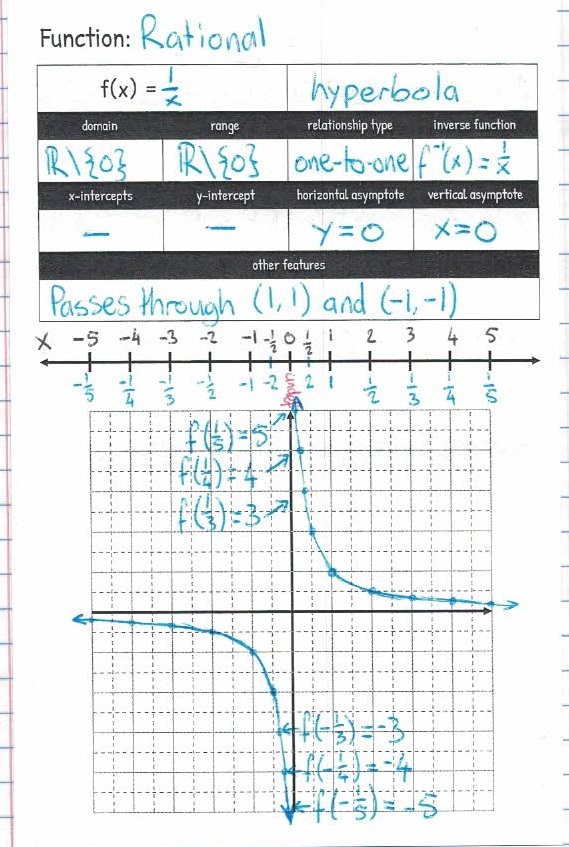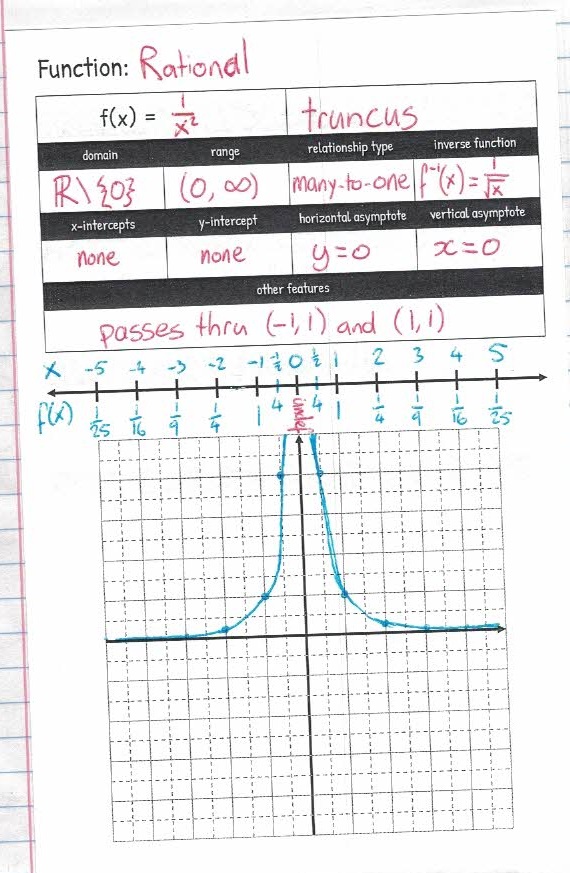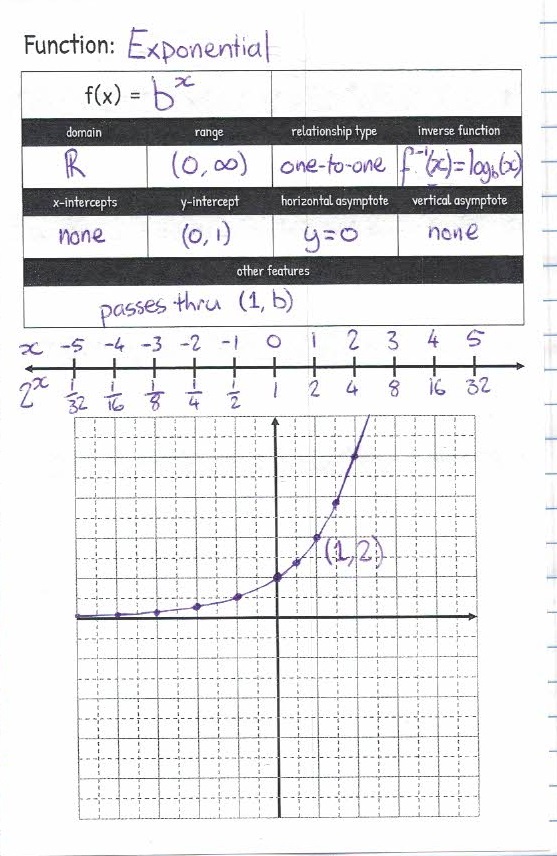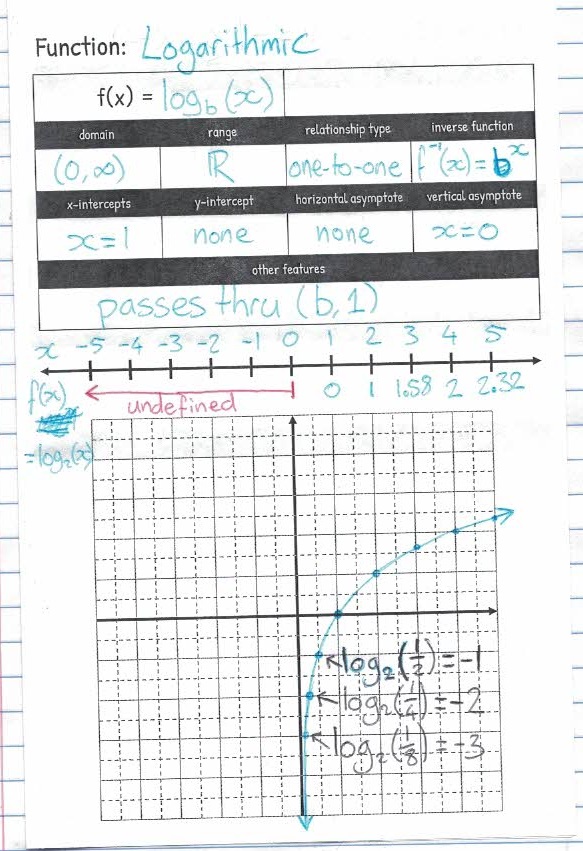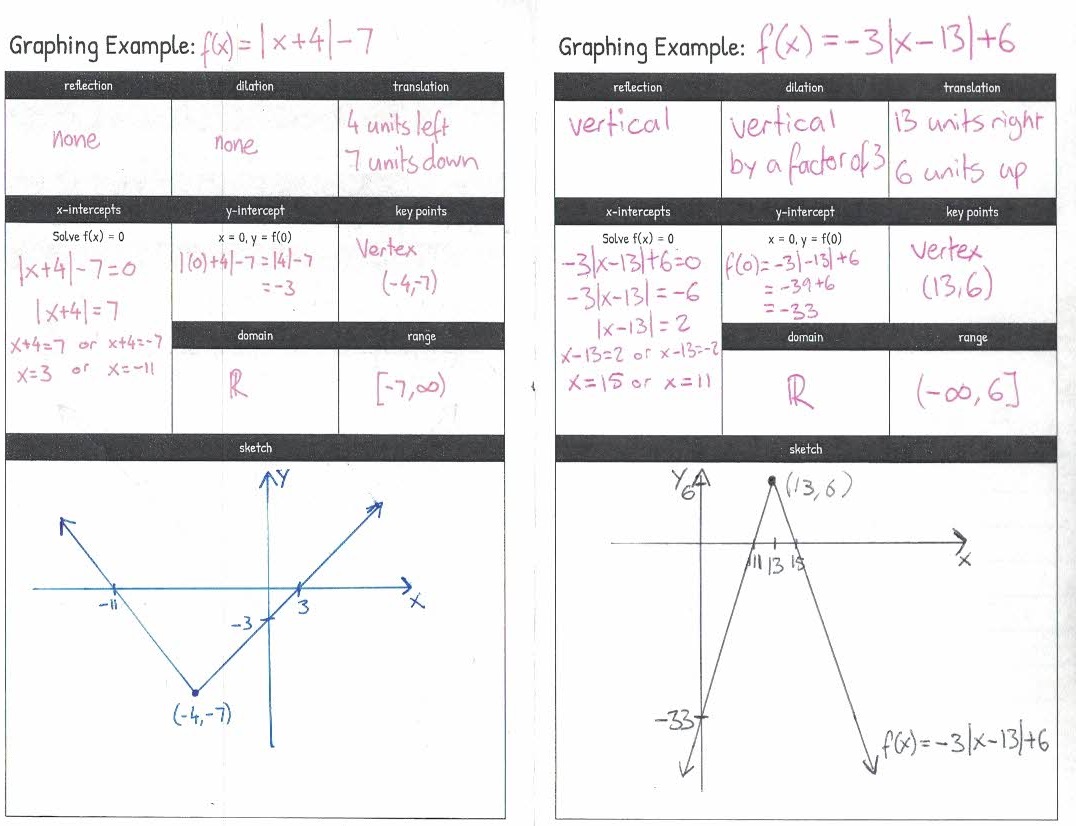I’ve been working on a sort-of-secret project for the last couple of months. I decided to write my own book of practice problems for Algebra 2. Keep reading, and you’ll find a first draft of two of my chapters.
To be clear, this is not supposed to be a textbook. The way I see it, most math textbooks aim to do three things:
- Explain mathematical concepts.
- Give “worked examples” explaining how to do different types of questions.
- Provide a bank of practice questions.
“Explaining mathematical concepts” would be better described as “guiding students to a conceptual understanding of mathematics.” That’s not something a textbook can do because the textbook doesn’t know the students its guiding. I believe students are best served when they construct their knowledge of math themselves, under the guidance of their teacher.
And the “worked examples” should be the job of the students, again, with guidance from the teacher. Those examples should be developed either by individual students, groups or the whole class as appropriate, with the teacher checking to make sure mistakes aren’t showing up along the way. Many of the examples in my classes end up following a slightly different path than I’d have followed, because it made the most sense to the students at the time. But a textbook’s examples are fixed, and don’t allow students to think of how they’d solve problems themselves.
That leaves us with the practice questions. This has been, in the past, how I’ve seen textbooks as being the most useful. But the textbooks I teach with (or more correctly, don’t teach with as they sit in the cabinet) don’t do a great job of that either. They are seriously outdated, and while they make some token effort of demonstrating their alignment with Oklahoma’s standards, they’re the old PASS standards, not the Oklahoma Academic Standards we’ve had for over a year now. And most of the time, it’s hard to find questions I can use, because the sequencing of the book is nothing like that of my class (probably because my sequence was developed by myself from the standards the book is not aligned to.)
That has left me looking to other resources (typically online) to find practice questions in. But that’s often frustrating too, and can sometimes result in spending hours searching for the type of practice assignment that I feel should exist, somewhere, but I just can’t find. Sometimes I find questions that assume knowledge my students don’t have yet, or assume my students don’t know something they do and don’t go deep enough. Or they prescribe a particular method to solve a question; there’s nothing more frustrating than a good assignment ruined by “use FOIL to.” Then, with my preparation time wasted, I have to create my own questions anyway.
I’ve often said, “Someone should write a book of practice problems for Algebra 2. Sort of like a textbook, but without the explanations and examples I can provide myself.” And somewhere along the way, “someone should” became “I should.”
To date, I’ve been following these objectives when writing this book:
- All work should align to the Oklahoma Academic Standards, which I’ve mostly done by ensuring my existing units and skills align to the standards, though some questions may exceed the standards.
- Avoid telling students how to solve a problem. I do break this rule sometimes (for instance, there’s a question where students are told to use completing the square, even though it isn’t needed, because practicing completing the square was the point of the question.)
- Provide scaffolding through the sequencing of questions, rather than giving students too many instructions.
- Where possible, provide some backwards, “Jeopardy”-style questions. As in, the solution was …., what was a possible equation?
- Where possible, provide “Further Practice” sections, suggesting to students how they can create their own questions (often with a partner) if they’re looking for, well, further practice.
- Look as professional as possible. I’ve learned a lot about LaTeX recently…
- All questions are originally my own. I own the copyright, so that I can use it how I like.
- I’m sure there were others, but it’s late and I really need to get to bed…
Working title is “Mr. Carter’s Algebra 2 Practice Book.” But I don’t want it to just be mine, I want other teachers to make use of it as well. To that end, I’m planning to make various draft versions available to download even at this very early stage.
Mr. Carter’s Algebra 2 Practice Book
Version 0.1.0 (January 14, 2018)
Please, have a look through it, use it in your classroom if you’d like. I’d like suggestions, though please don’t be too harsh. As I’ve said, even these chapters I’m sharing are in a very early state. I’m actually feeling nervous about sharing this, as a lot of work has gone into it, but there’s a lot more work to do. But I’m taking a risk here, because I believe this project can do what my blog also aims to do: to make me a better teacher, and possibly help other teachers out along the way.
